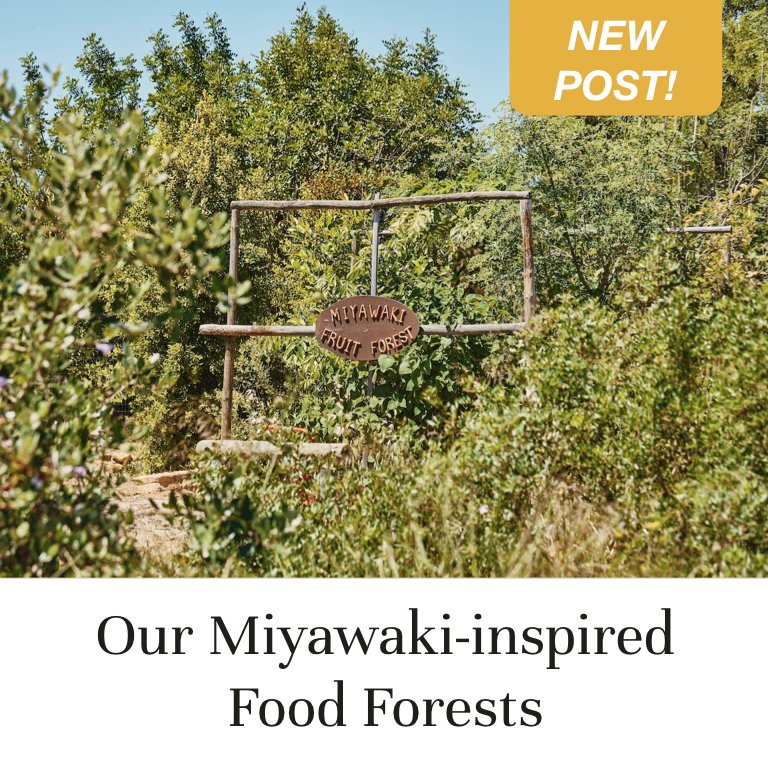
Miyawaki Food Forest in Algarve, Portugal. Learn about Miyawaki Forests' benefits, preparations and maintenance. The really fast path to reforestation.
Miyawaki-inspired Food Forest
⚠️ WE NOW HAVE AN UPDATED VERSION OF THIS ARTICLE ⚠️
You seem to have arrived here via an older link, so here’s a brand new one for you (well, it was ‘brand new’ in late November 2023, anyway) :
Our Miyawaki-inspired Food Forests not only gives an introduction to the Miyawaki method and the Orchard’s adapted version, but also talks about all our exciting Food Forest experiments! 🌳🥭🧪✨
What is the Miyawaki method ?
The Miyawaki method is a method of afforestation used to create dense forests in a short span of time, developed by the late Japanese botany professor Akira Miyawaki. Starting in the 1970s, professor Miyawaki advocated the value of natural forests and the urgent need to restore them. More commonly used in urban areas, the aim of the Miyawaki method is to grow a forest dense enough that it cannot be walked through. These forests provide a safe habitat for wildlife with isolation from noise, dust and wind. They also contribute to the cooling of the surrounding environment, are an effective means of carbon sequestration, and typically require no more maintenance after the first 3 years.
In our Insights from the Miyawaki and Syntropic article, we looked further into the Miyawaki method and its advantages and disadvantages, while comparing it with another popular approach, Syntropic Farming.
At Orchard of Flavours, we were very interested in trying the Miyawaki method for several reasons, each reason giving multiple benefits:
We wanted more trees! To create dense and self-sustaining forests is always the aim! They provide shade for the soil and surrounding area, and a habitat for wildlife.
The soil amendment and preparation recommended by Miyawaki is already quite similar to what we normally do to plant a tree here at the Orchard. The main difference is that, in order to create a dense forest, we had to plant with a higher density of approximately 3 trees per square meter.
The positioning of the forest is also adjoined onto our current natural windbreaks. This should add extra density — like a wild zone — and a lot of value in diversity to the area.
Orchard of Flavours is a botanical garden of edible plants, and we really wanted to test the Miyawaki method with a totally edible concept!
Impact of the Miyawaki Method
Forests created with the Miyawaki method are 30% more dense and have 10 times faster growth rate than the forests generated with other reforestation methods. To achieve these results, dozens of native species are planted in the same area, close to each other, which ensures that the plants receive sunlight mostly from the top, and grow therefore more vertically than horizontally. As a rule of thumb, 3-4 saplings are planted in 1 m² of land in temperate climates and up to 10 saplings in the tropics. Consequently, plants will compete with each other to get sunlight, thus resulting in an accelerated growth-rate of about 10 times faster than the normal rate achieved by conventional methods of planting. So, it takes only 10 years to create a dense Miyawaki forest while the conventional way takes many decades.
The Miyawaki method has already been used all over the world at different scales. Urban green patches have been created successfully and can require very little space - a minimal area of 10 square meters is often mentioned. On the other hand, various publications describe the effects of this method on big plots of land.

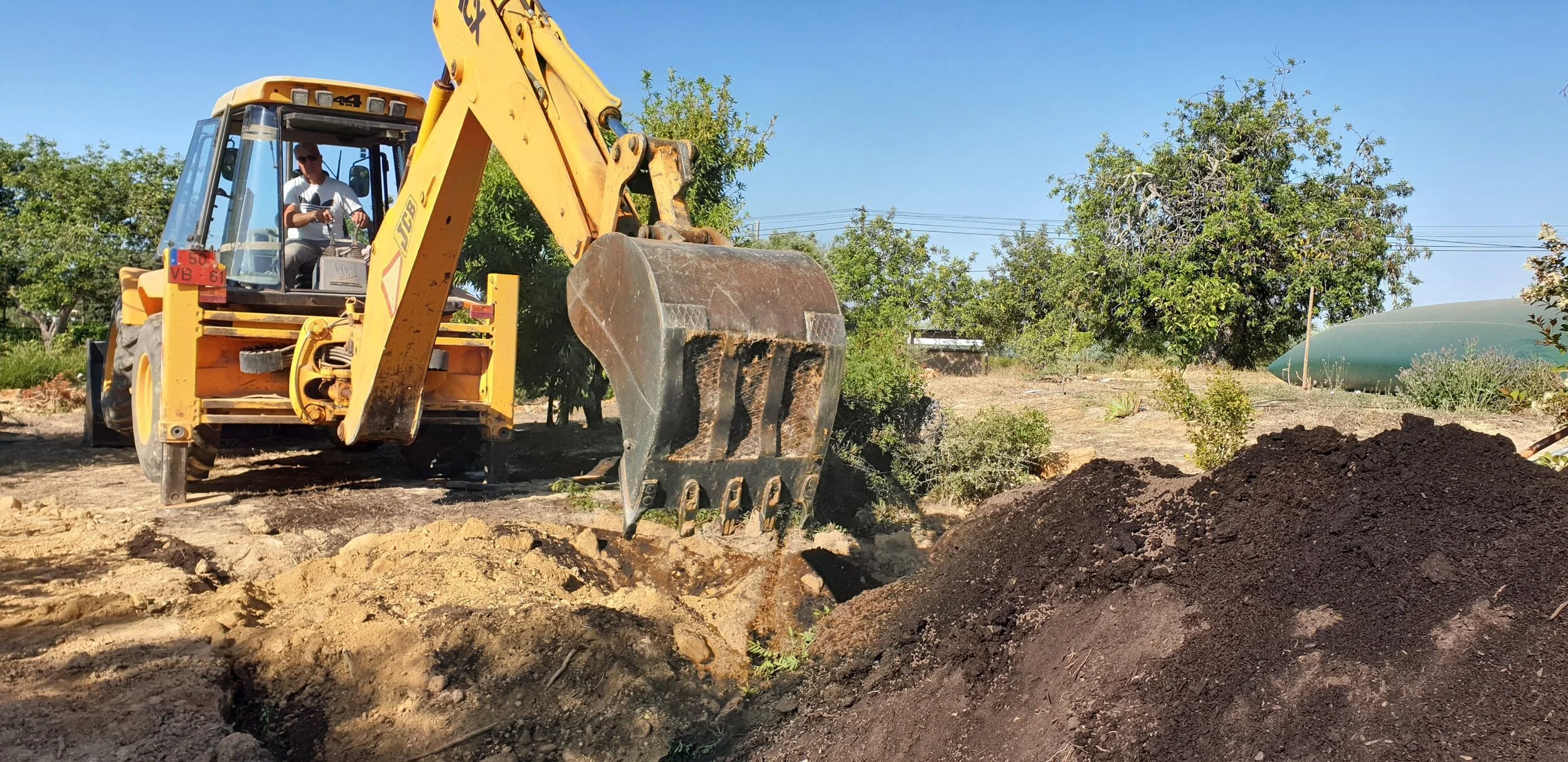
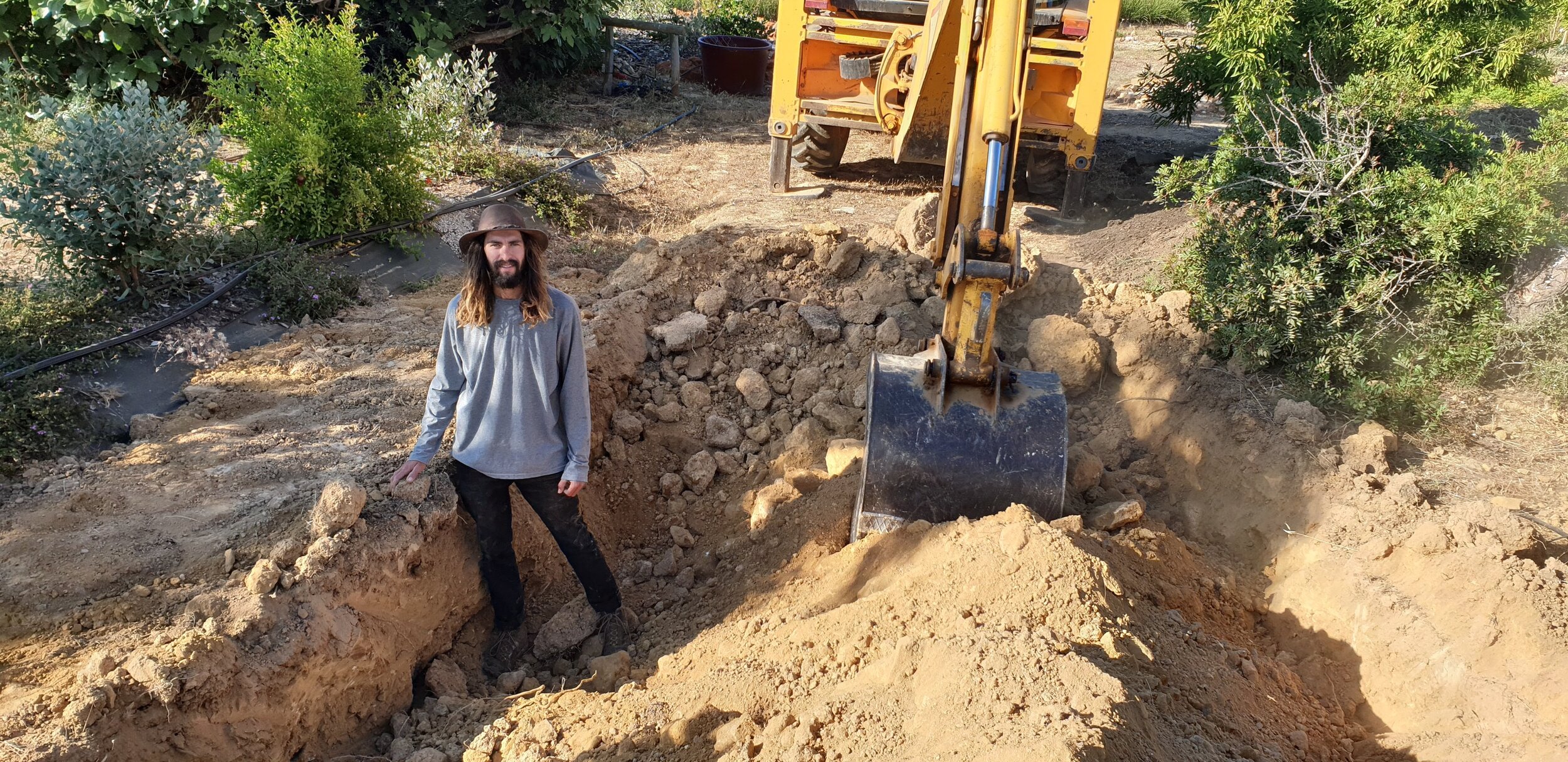
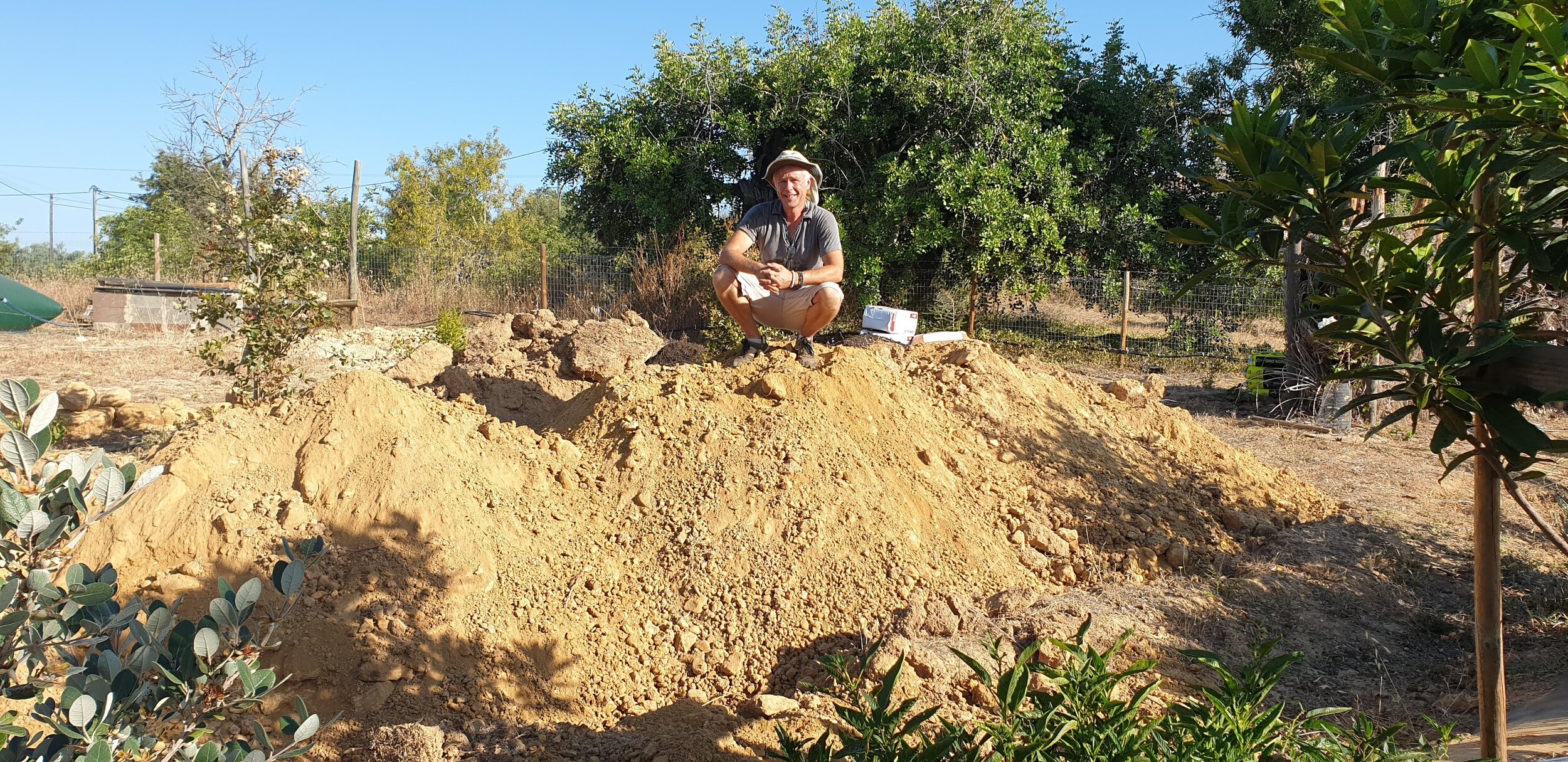
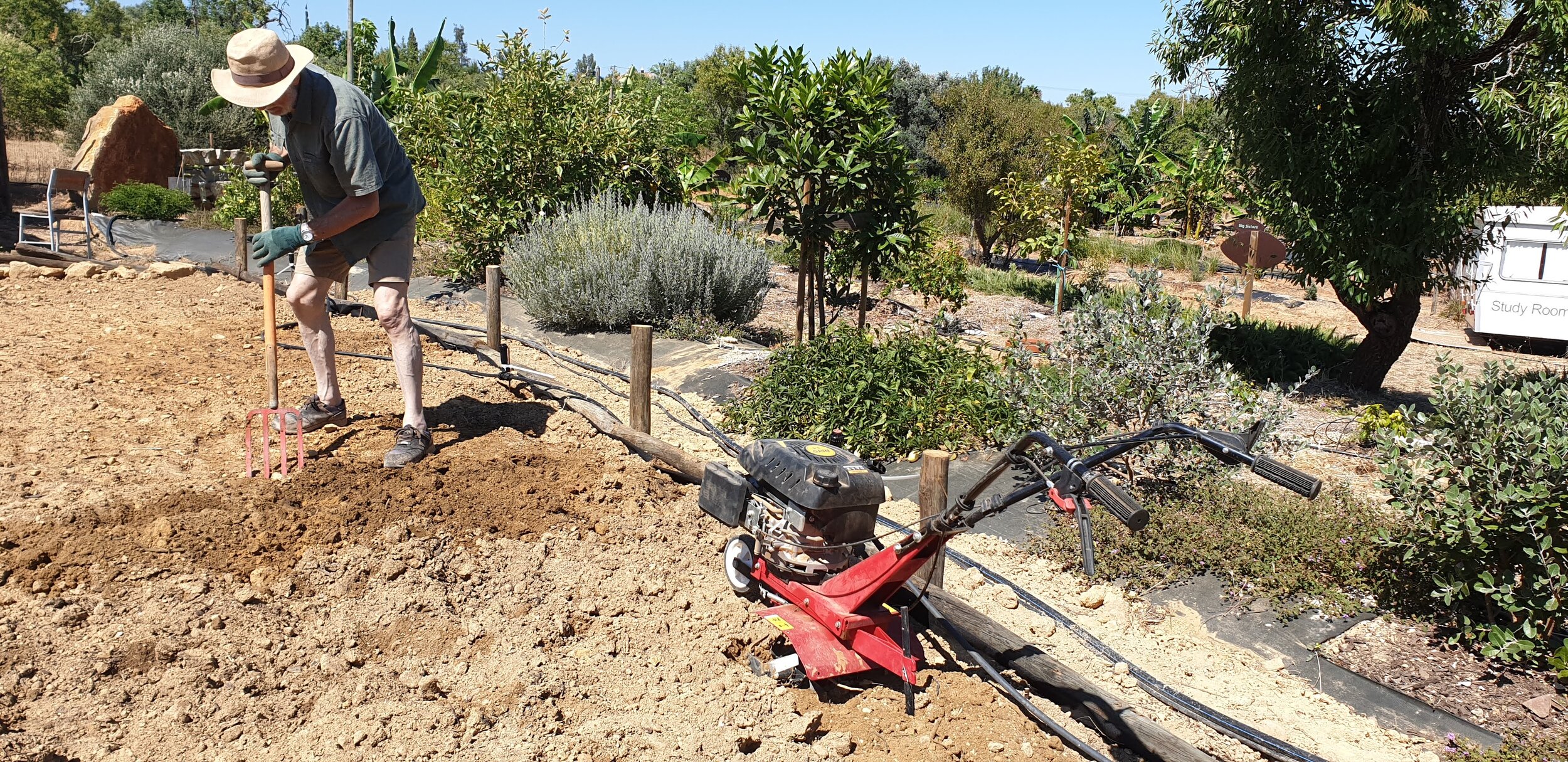
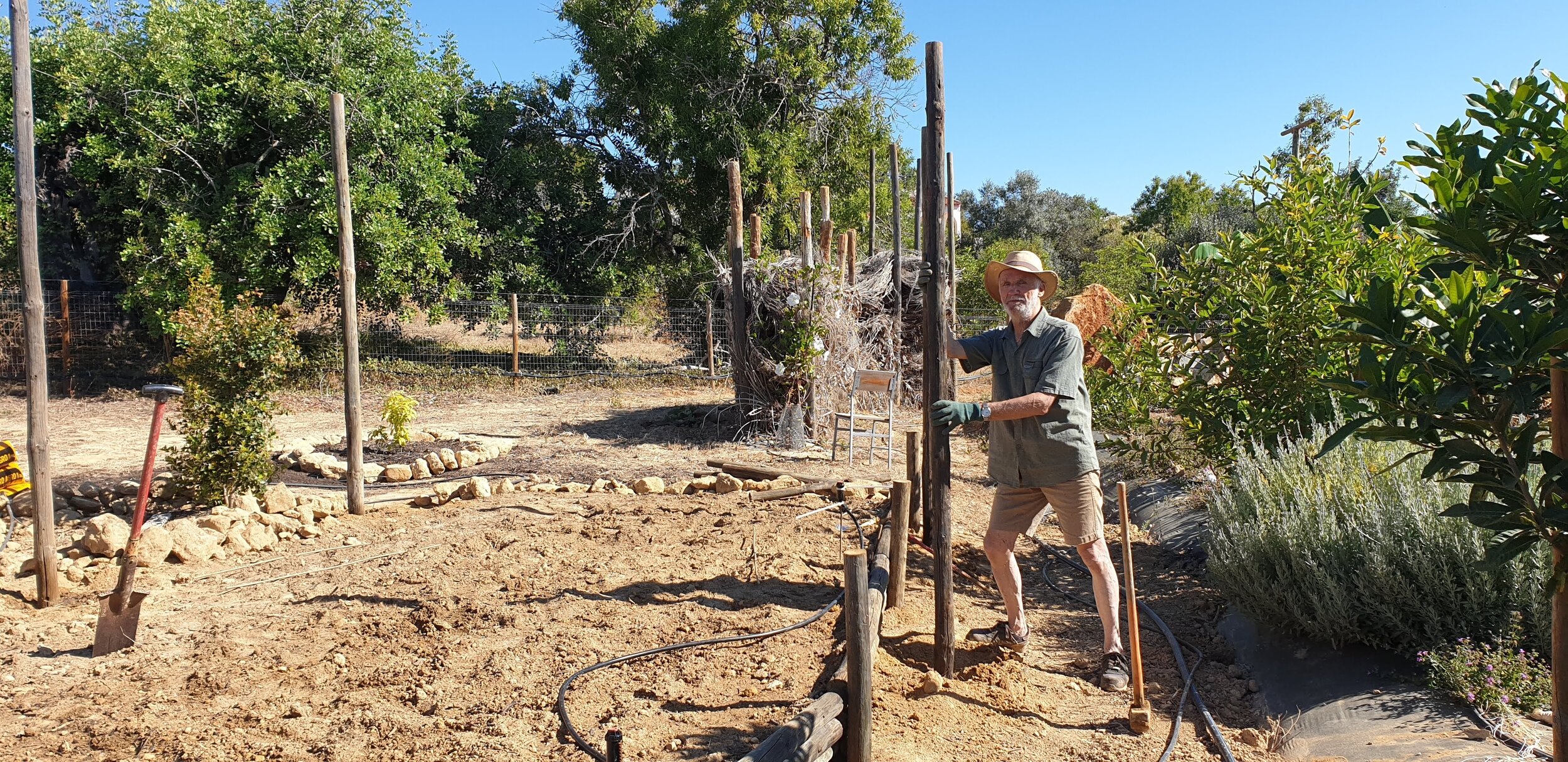
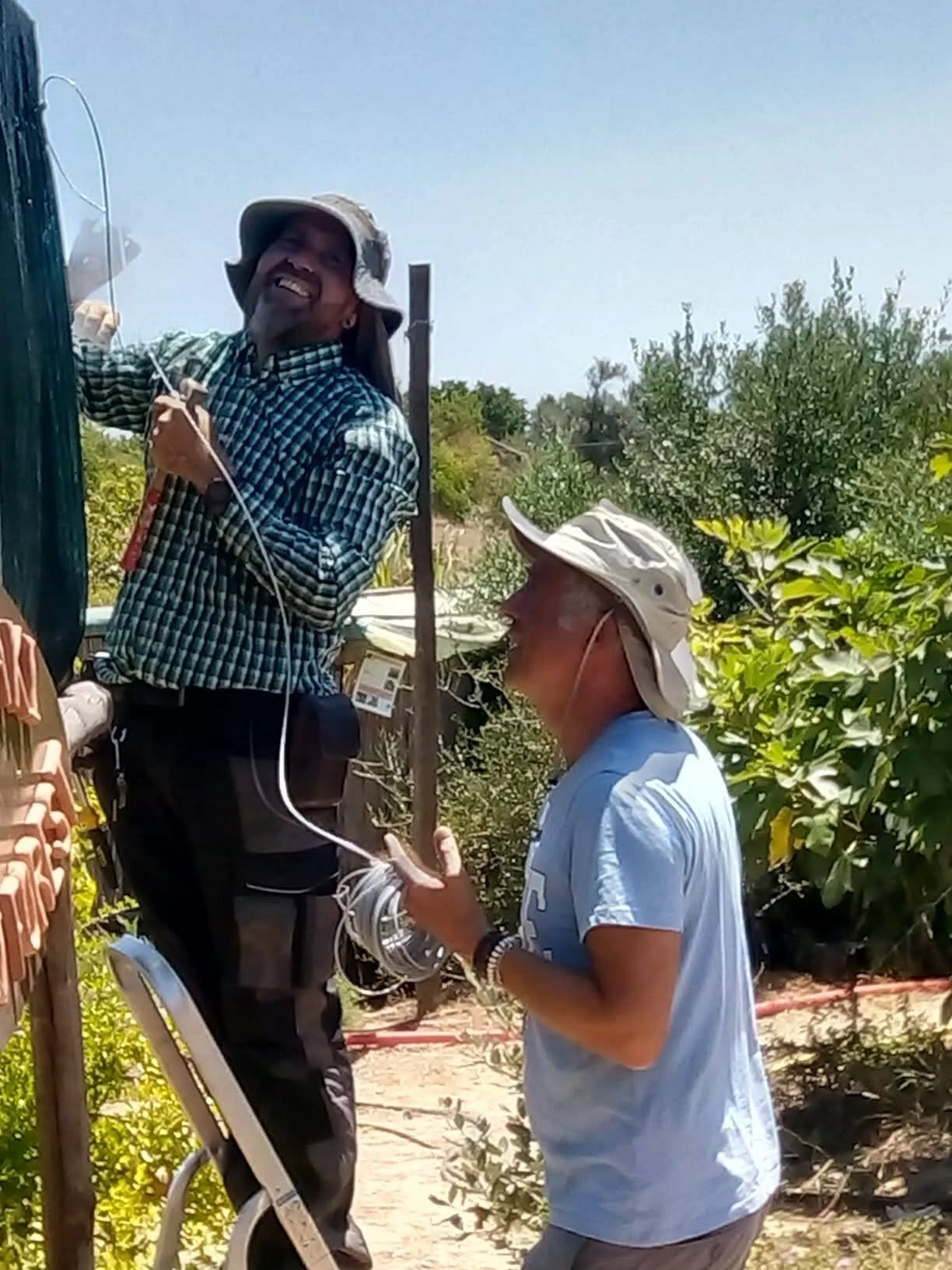
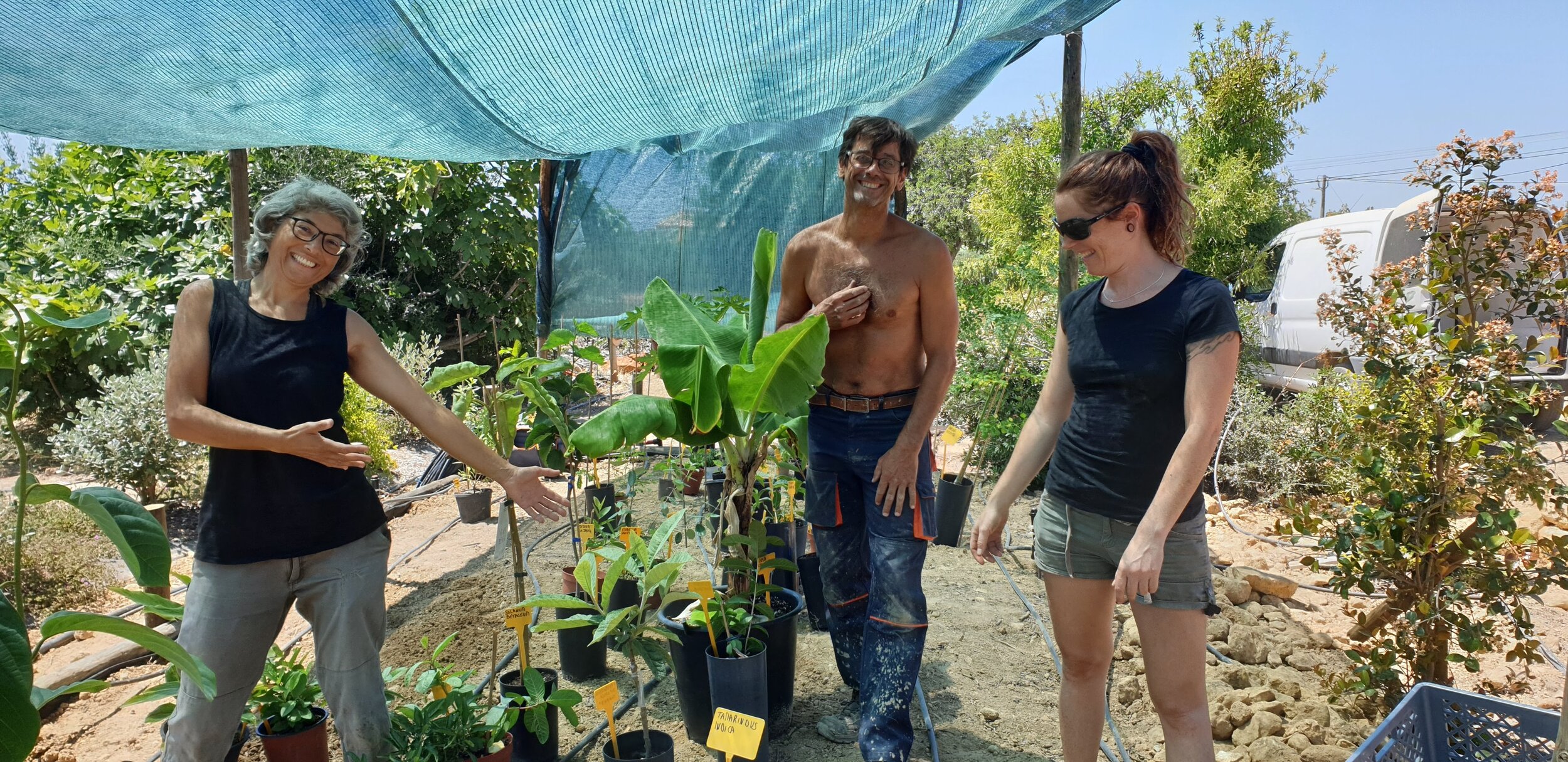
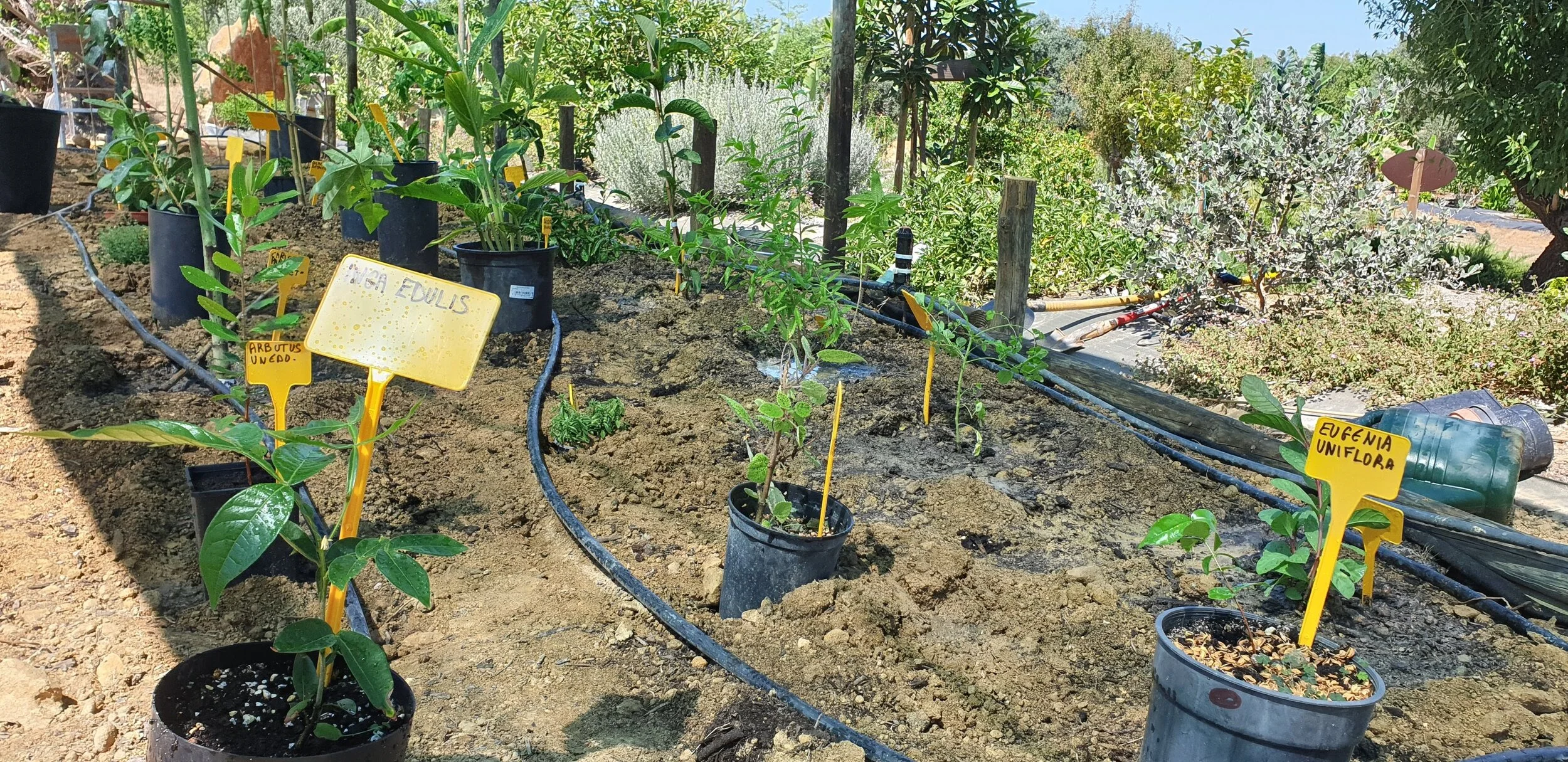
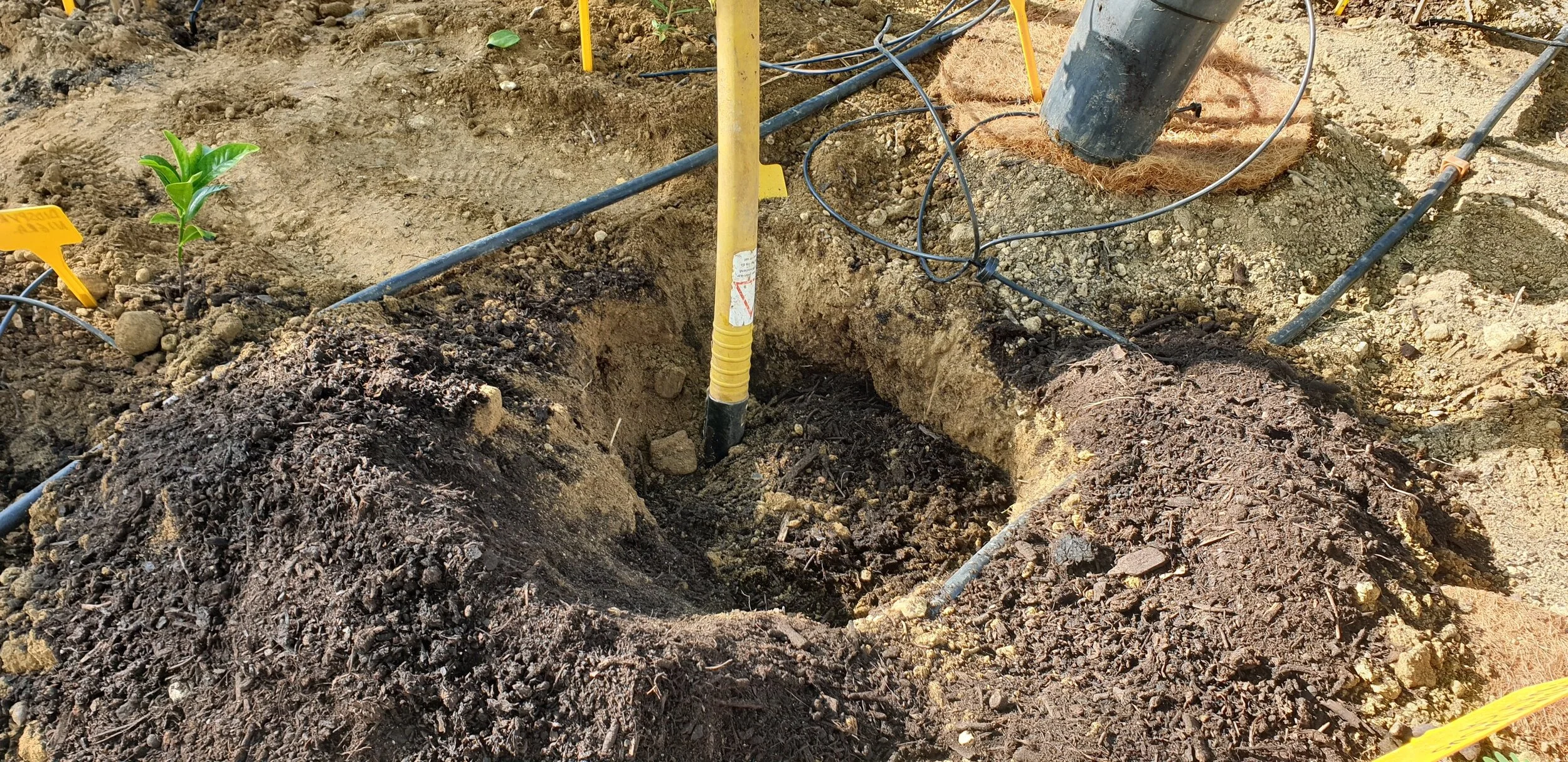
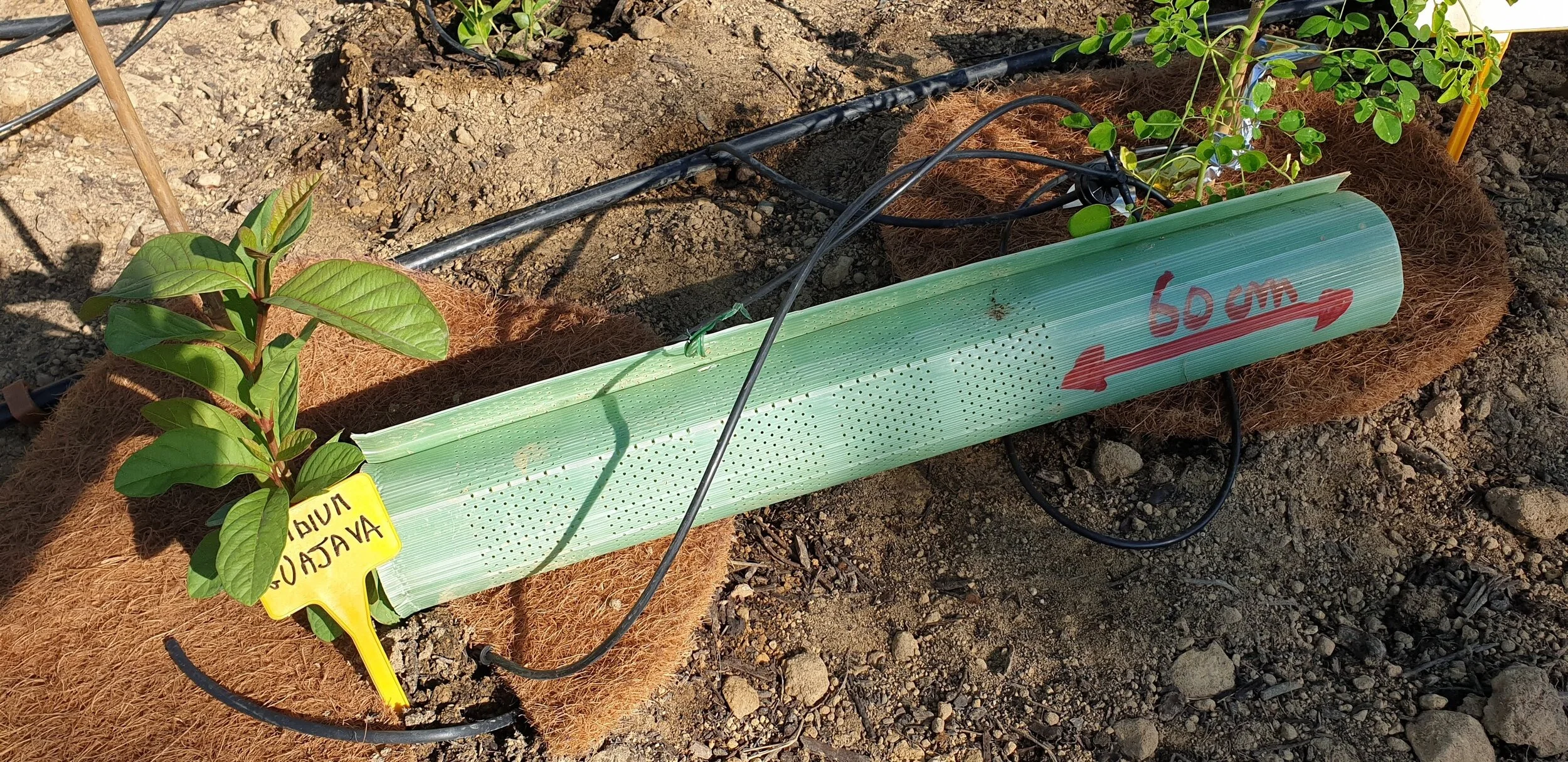
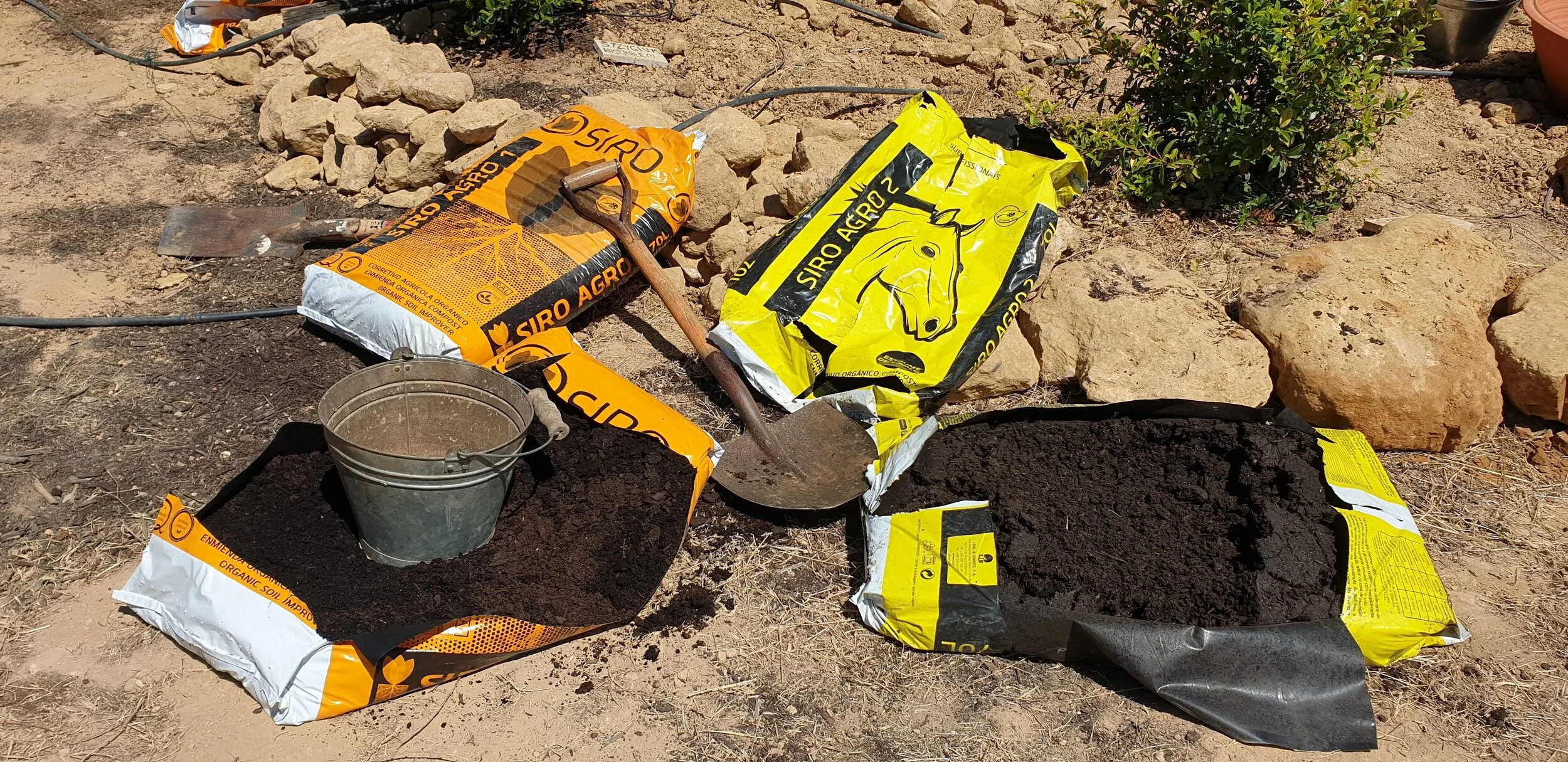
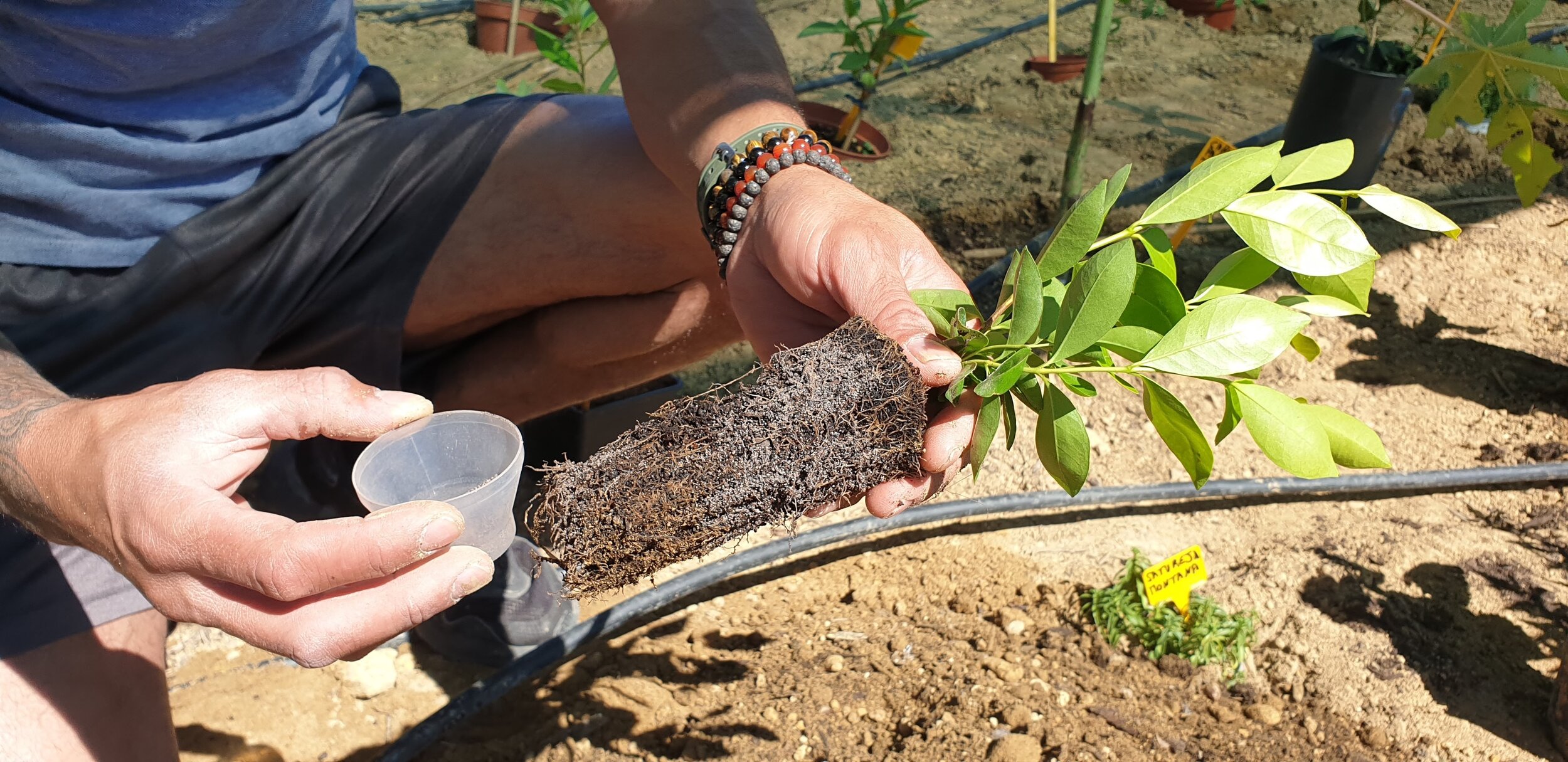
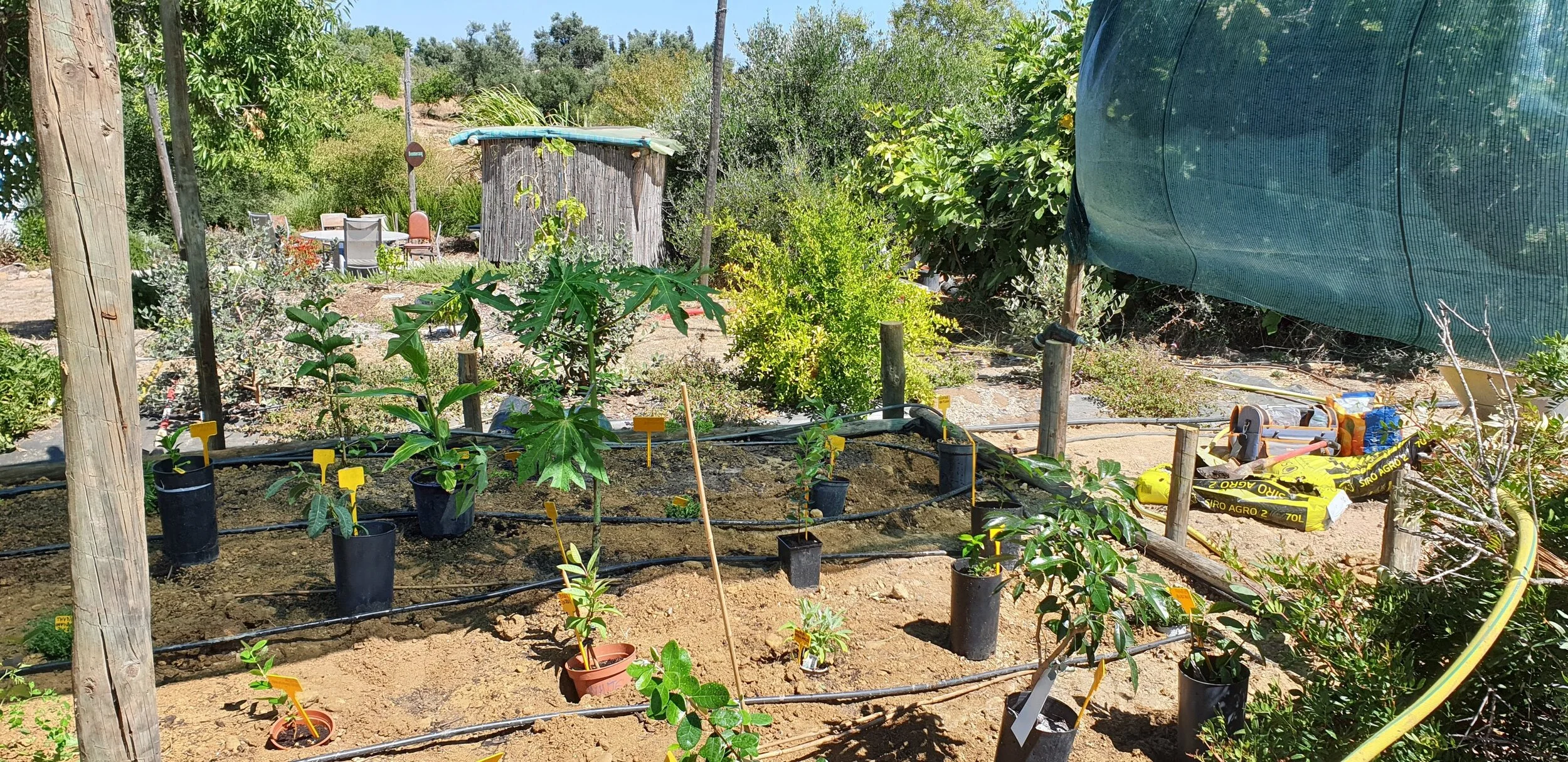

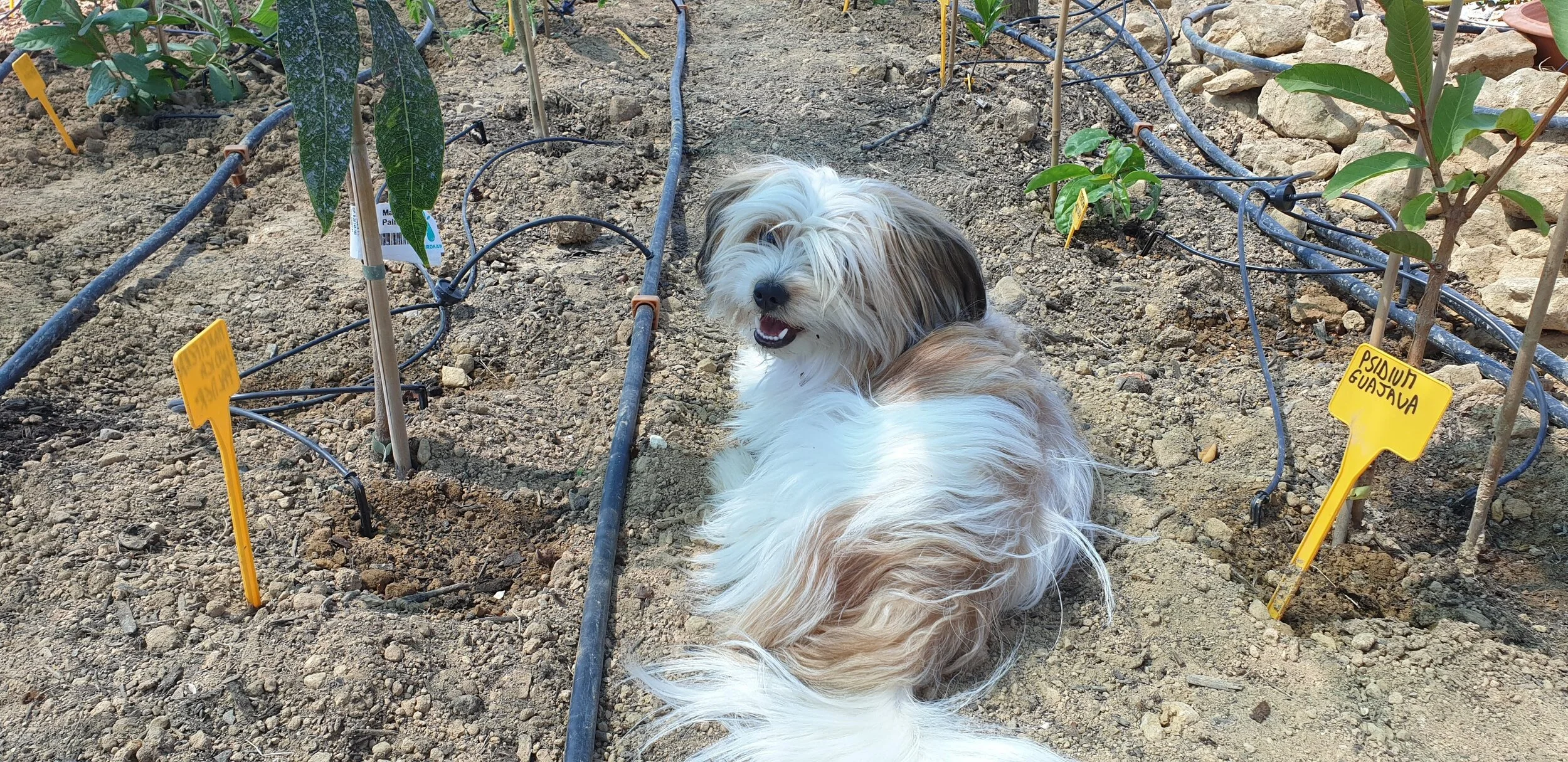
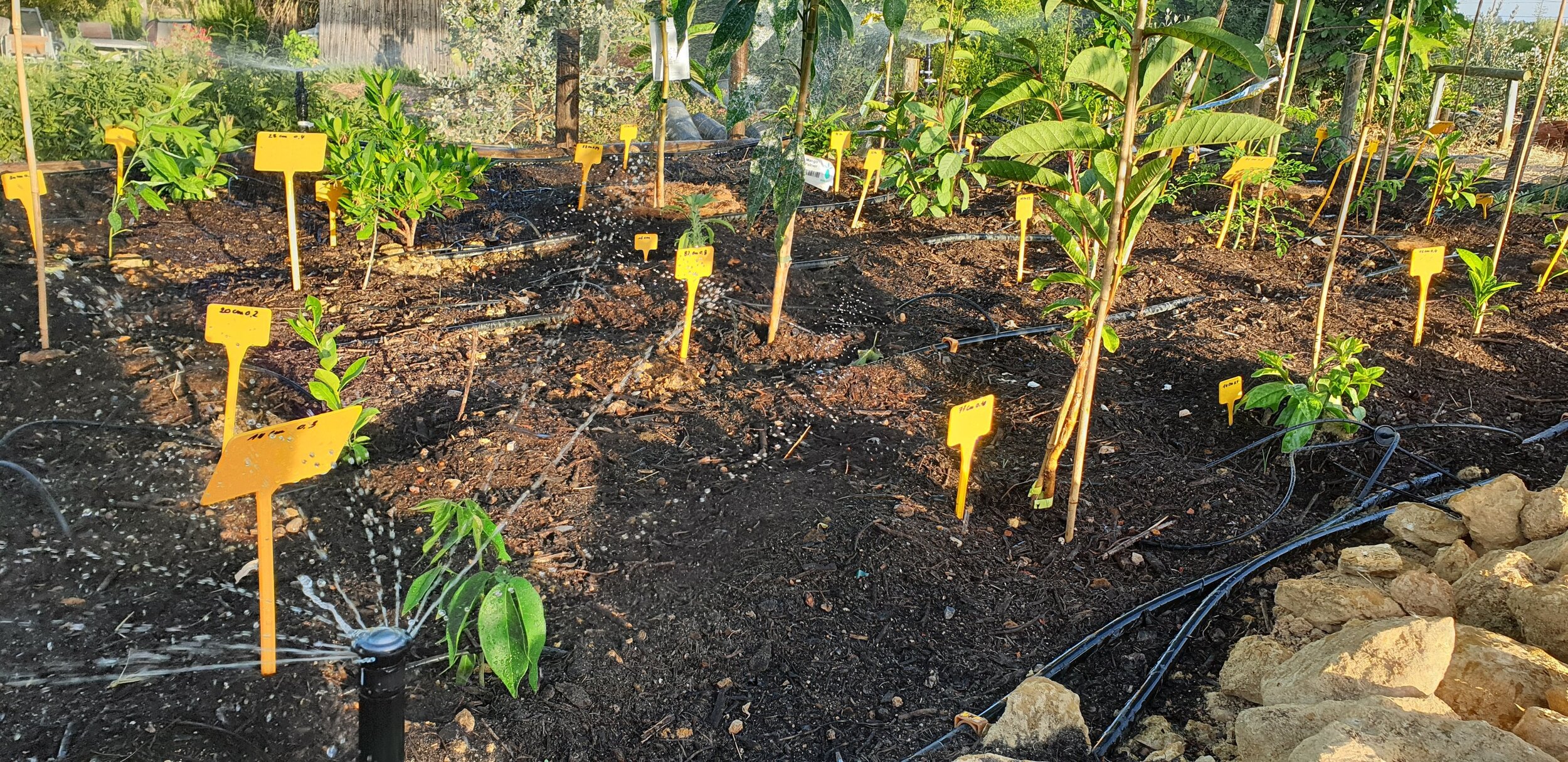

The Miyawaki Standard Protocol
There are few steps to be followed before implementing this method:
Identify native species
If one follows this method, only native varieties of trees are to be selected and planted. The native saplings should have an ideal height between 60-80 centimeters.
A minimum of 3 trees/m² is required in temperate zones. In the tropics the number goes up to 10 trees/m².
Design a multi-layered forest
A wide variety of species are planted in a biotope with an area of at least 10 m², ideally 30 or more, to recreate the layers of a natural forest: the shrub layer (2 meters), the sub-tree layer (2 to 4 meters), the tree layer (4 to 12 meters) and the canopy layer (above 12 meters).
Specimens of the same species should not be planted directly next to each other.
Prepare the soil
The soil needs to be prepared to a depth of 1m and three main amendments should be added: Perforator, Nourishment material and Water Retainer. These amendments must be sufficiently incorporated into the root zone. The biomass mixture itself should be enriched using a soil microbiology enhancer, like a cocktail of mycorrhizal fungi. Lastly, the area must be mulched heavily to avoid evaporation and early competition from weeds.
Planting
Strive for grouping plants that grow into different layers – shrub, sub tree, tree and canopy – in each m². Avoid placing two trees of the same species next to each other. Don’t follow a pattern while planting the shrubs or trees. Try to maintain a distance of 60 cm between saplings. The goal is to have random, dense plantations of native shrub/tree species. Insert supporting sticks in the soil to ensure that plants do not bend in their initial development period.
Maintenance
Keep the soil moist all the time, which means watering every day in case of high temperatures and dry conditions. It is essential to keep the forest free from weeds for the first two years because weeds are fierce competitors of young saplings. Check the forest once or twice per month for changes and improvements. For best results, do not prune or cut any trees. After a period of 3 to 4 years, the forest is self-sustaining and maintenance-free.
Miyawaki Related Techniques and Differences:
Food forests in permaculture
Miyawaki forests share several, obvious similarities with Food forests like a focus on biodiversity and an embedded multi-layer system. However, the Miyawaki method is designed mainly to re-forest areas that have been denuded or degraded by creating a fast-growing, self-sustainable forest environment. By design, this method is not directly related to the production of food. As an example, Miyawaki forests are particularly useful to create urban greenspaces.
Zone 5 in permaculture
In permaculture, Zone 5 is defined as the no-touch zone! It is the “wild child” of all the zones, and one that doesn’t need (and should not have!) any type of intervention. Even the smallest permaculture garden should have a Zone 5. This zone attracts wildlife, which will encourage biodiversity and benefit our animals as well as the garden itself. As an untouched ecosystem, it is a great place to observe and learn from nature.
To our understanding, a Miyawaki forest can often play the role of a Zone 5. Naturally, one can argue that Zone 5 is a zone where you let nature grow by itself without any initial input. However, in many instances soil has been so degraded that an initial action is often needed to recreate a Zone 5 and we feel like the Miyawaki method can be the perfect choice for such action.
Orchard of Flavours revised protocol:
In our experiment, we will follow the Miyawaki standard protocol on all points but one: our Miyawaki forest will include non-indigenous fruit trees.
The reason is that the large majority of fruit trees are not indigenous to Western Europe. Most of them originate in Central Asia and Latin America. Even pomegranates, fig trees, and apple trees have Asian origins. We could only find a few fruit trees with Mediterranean origins like the Arbutus unedo (Strawberry tree) and the Ceratonia siliqua (Carob or Alfarroba tree).
In order for the experiment to be beneficial and easily reproducible, our selection of fruit trees is based on the following criteria:
Be evergreen.
Have some drought tolerance (after being well established and watered during the first years).
Possess some light frost tolerance (zone 11 USDA, rarely minus 5ºC and only a few hours at around 0ºC).
Not having very specific soil requirements.
Here is the current list of the species selected for our Miyawaki forest, grouped by layer.
Shrub layer (max 2m)
Acca sellowiana, Carissa macrocarpa, Pereskia aculeata, Aloysia citrodora, Murraya koenigii, Melaleuca thymifolia, Cymbopogon citratus, Thymus officinalis, Chrysopogon zizanioides, Hedychium gardnerianum, Cajanus cajan, Salvia officinalisSub-tree layer (2 to 4m)
Eugenia uniflora (different varieties), Psidium cattleianum (different varieties), Arbutus unedo, Solanum oocarpum, Solanum betaceum, Carica papaya (different varieties), Psidium guajava (different varieties), Mangifera indica, Litchi sinensis, Eriobotrya japonica, Microcitrus australasica, Citrus reticulata, Annona squamosa, Annona cherimola, Morus nigraTree - canopy layer (above 4m)
Inga edulis, Moringa oleifera, Musa "Lep Chang Kut", Tabernaemontana elegans, Adansonia grandidieri, Tamarindus Indica, Diospyros Nigra
Chosen area at Orchard of flavours
Full sun
Slight slope for good drainage
Poor alkaline soil with a high content of clay
Currently bare soil
Therefore, a typical situation found often here in Algarve.
Chosen area and number of trees
Area = 3 m wide per 7 meters long = 21 m²
#Trees = 20 m² x 3 trees/m² = 60 fruit trees ≈ 35 different varieties
Miyawaki Forest Preparation
4 hours with an excavator to prepare the soil (1m deep) = 150 EUR
6 tons of plain compost = 180 EUR (approx 300 kg per m²)
35 liters/m² of horse manure compost produced locally (Siro Agro 2) = 60 EUR
35 liters/m² of Siro Agro 1 (80% of local pine tree humus, PH 6) = 60 EUR
Mycorrhizal powder (Mycoshell) to be poured around the roots of each tree at plantation (a cocktail of mostly endomycorrhizal with some ectomycorrhizal) approx 20 gr per tree = 40 EUR
10 cm layer of shredded wood for mulching = 200 EUR
Total approximate cost = 700 EUR
This cost does not take into account our own work (5 days, 2 persons), the cost of the plants and of the irrigation material. If all is taken into account, a Miyawaki project is quite expensive and the total cost of about 20 m² is minimum 2000 EUR. And we are talking Portuguese prices...
Starting date:
June 26th, 2021 (preparation), plantation completed on July 10th, 2021
Irrigation of our Miyawaki Food Forest:
Combination of drip irrigation daily in case of heat ( Netafim drip irrigators of about 6 liters per hour per plant, an average of 15 minutes per day that is 1.5 liters per day during the summer), and once a week sprinkler over the whole area.
Expected results of our Miyawaki Food Forest:
We expect a fast growing forest and we will be able to compare the growth data of identical trees planted in a conventional way.
We think this type of forest will serve the purpose of a much needed Zone 5, and also function as a windbreaker.
We expect some savings on water consumption as time passes, but we also think that this type of edible forest will still need to be irrigated in the long term.
Due to the plant density, we think this technique can be a way to protect more fragile varieties, especially in the case of light frost. For this reason, our experiment includes a few frost tender trees like the Carica papaya and the Moringa oleifera. At the Orchard of Flavours, we already observed that those trees can do extremely well when planted very close to other protecting trees.
Indicators measured each year for 5 years:
Soil pH
Death rate
Height of each tree
Width of the main stem at 20% of the total height
One Picture every day at 11 am with a Trail Camera (Wilsus Accento wide angle Leica Lens)
First year results of our Miyawaki experiment - July 2022
Sources and additional information on Miyawaki Forests:
As mentioned in the beginning, we wrote another article focusing on the Miyawaki method, which you can read for further details into it. Adding to that, you can also check these other sources of info on the approach:
https://bengaluru.citizenmatters.in/how-to-make-mini-forest-miyawaki-method-34867
https://en.wikipedia.org/wiki/Akira_Miyawaki
For a critical view:
This article was compiled by Miguel COTTON, Jackson KNIGHTS & José Luís C. PEREIRA. If you have any questions or suggestions, do not hesitate to contact us. miguel@orchardofflavours.com

